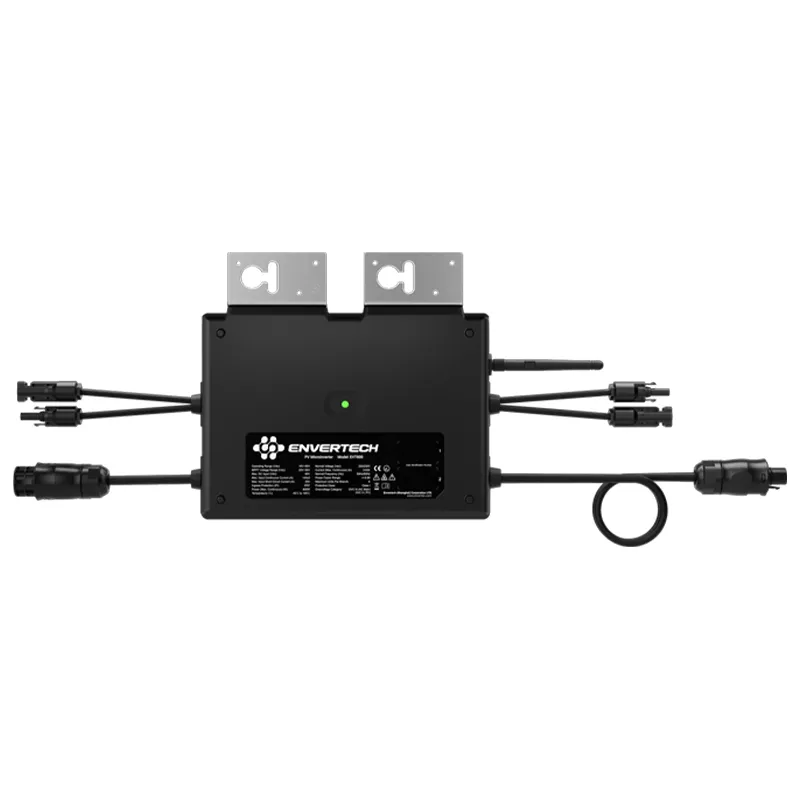Understanding the Benefits of Connecting Solar Panels in Parallel Configuration
Connecting Solar Panels in Parallel A Comprehensive Guide
As the world leans increasingly towards renewable energy sources, solar power remains a leading choice for both homes and businesses. Among the various configurations for solar panel installations, connecting solar panels in parallel has gained popularity for its unique advantages and flexibility. This article delves into the fundamentals of parallel connections, their benefits, and tips for implementation.
Understanding Parallel Connections
When solar panels are connected in parallel, the positive terminals of all panels are connected together, and the negative terminals are likewise connected. This configuration allows each panel to operate independently, meaning that the performance of one panel does not affect the others. If one panel is shaded or malfunctioning, the others will still generate electricity, providing a reliable energy source.
Advantages of Connecting Solar Panels in Parallel
1. Consistent Energy Production One of the primary benefits of a parallel connection is that it maximizes energy production under varied conditions. Since each panel operates independently, it ensures that partial shading or panel failure does not significantly reduce the overall energy output. This is particularly advantageous in installations where shading from trees or buildings is a concern.
2. Flexible System Design Parallel connections allow for greater flexibility in system design. Solar panels of different wattages or brands can be connected easily in parallel, accommodating gradual expansions or replacements as needed. This feature is ideal for homeowners who may want to start with a few panels and expand later.
3. Easier Maintenance and Troubleshooting When issues arise, a parallel configuration allows for easier identification of malfunctioning panels. Since each panel can be monitored individually, technicians can easily pinpoint the source of any problems, reducing downtime and maintenance costs.
4. Higher Current Capacity In a parallel configuration, the total current (measured in amps) increases while the voltage remains the same. This characteristic allows for a higher current output, which can be beneficial in applications requiring substantial power.
Considerations When Connecting Solar Panels in Parallel
While the benefits of connecting solar panels in parallel are significant, there are several important considerations to keep in mind
1. Wire Sizing The increased current flow in parallel connections requires appropriately sized wiring to handle the load without overheating. It's crucial to follow electrical codes and guidelines to ensure safety and efficiency.
connecting solar panels in parallel

2. Balanced Power Output To avoid issues, it's advisable to connect panels with similar voltage ratings. If one panel has significantly higher output voltage than the others, it can create an imbalance, leading to inefficiencies or potential damage.
3. Inverter Compatibility Not all inverters are designed to handle parallel configurations. Ensure that your inverter is compatible with the parallel setup and can manage the combined output from all connected panels.
4. Fuse or Breaker Use To protect your system, using fuses or circuit breakers for each string of panels can prevent potential hazards. These protective devices will isolate a faulty panel, preventing it from affecting the performance of the entire system.
How to Connect Solar Panels in Parallel
1. Gather Your Materials Ensure you have high-quality solar panels, proper wiring, connectors, fuses, and an inverter suitable for parallel configurations.
2. Test the Panels Before installation, test each solar panel to confirm they are functioning correctly.
3. Connect the Panels Using appropriate gauge wires, connect all positive terminals together and all negative terminals together, creating a parallel string.
4. Install Fuses Place fuses or circuit breakers between the panels and the inverter to safeguard against overload.
5. Connect to the Inverter Finally, connect the combined output wiring to your inverter, ensuring you follow all safety protocols.
Conclusion
Connecting solar panels in parallel offers numerous benefits, including enhanced energy production, flexibility, and ease of maintenance. By carefully considering the necessary precautions and following proper installation protocols, homeowners and businesses can harness the full potential of solar energy. As technology advances, understanding these configurations will play a crucial role in maximizing the efficiency and effectiveness of solar power systems.
-
Unlocking Energy Freedom with the Off Grid Solar InverterNewsJun.06,2025
-
Unlock More Solar Power with a High-Efficiency Bifacial Solar PanelNewsJun.06,2025
-
Power Your Future with High-Efficiency Monocrystalline Solar PanelsNewsJun.06,2025
-
Next-Gen Solar Power Starts with Micro Solar InvertersNewsJun.06,2025
-
Harnessing Peak Efficiency with the On Grid Solar InverterNewsJun.06,2025
-
Discover Unmatched Efficiency with the Latest String Solar InverterNewsJun.06,2025







